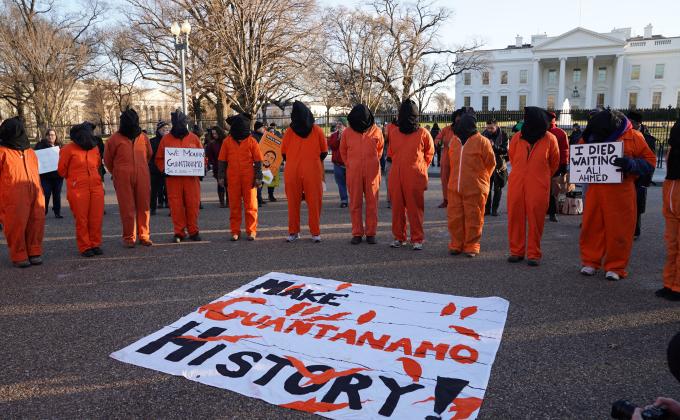The term “lone actor” has been applied to a variety of violent individuals, including jihadists, right-wing extremists, school shooters, and others whose crimes were ideologically motivated and generated much societal impact. It may be argued, however, that such a classification of this rare subset of violent offenders is an artificial one, based on political perspectives rather than on empirical findings. In this study, we examine and compare characteristics of European single perpetrators or lone actor terrorists to a large sample of European ‘common’ homicide offenders. Bivariate analysis shows that lone actors are significantly younger, more single, and more educated than homicide offenders. In terms of event characteristics, however, the two groups differ more substantially. Lone actors are more likely to attack ‘strangers’ in public places and to use firearms, while homicide offenders tend to attack victims they know in private settings and to use more hands-on methods. These differences may be understood through the notion of instrumental versus expressive motivations. Our findings question the classification of lone actors as an entity fundamentally different from our sample of single homicide offenders and call for future in-depth assessments of possible differences in homicidal drive.
Back to publications
Research Paper
10 Apr 2018










